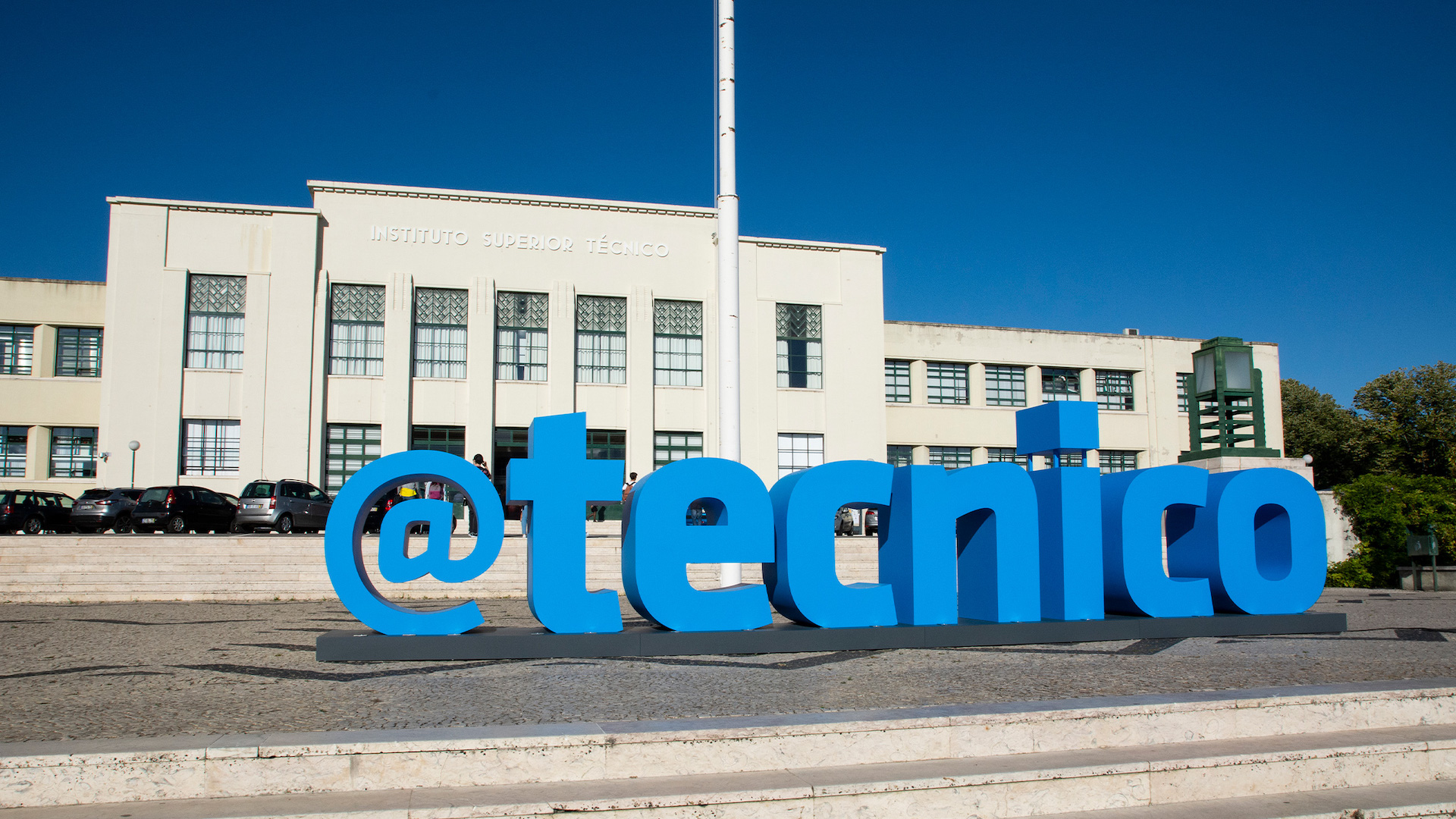Fuzzy theory is at the heart of Computational Intelligence for 60 years now, my age… Well, it makes me think that “old” people finally talk about “old” things. Fuzzy control is almost as old as fuzzy sets themselves. Its popularity and acceptance have been, and partly remains, subject to controversy. This talk does not intend to enter the polemic but tries to give some thoughts traveling through the history of fuzzy control. Several overviews are available to the interested audience (Feng 2006, Precup and Helledorn 2011, Guerra et al. 2015, Nguyen et al. 2019) and for general history of fuzzy theory the Lotfi A. Zadeh’s paper “Is there a need for fuzzy logic?” published in 2008. It is difficult to evaluate the real impact of fuzzy in control theory through all the literature. Nevertheless, it exists, several international journals that are directly concerned with, the most popular of which are: Fuzzy Sets and Systems and IEEE Transactions on Fuzzy Systems; and a Technical Committee “Computational Intelligence in Control” (http://tc.ifac-control.org/3/2) from the International Federation of Automatic Control (IFAC) is also dedicated to these approaches.
The talk proposes a comeback through the last 6 decades of fuzzy control: from historical beginnings of fuzzy control with so-called Mamdani (passed in 2010) approaches (Mamdani 1977) to more recent developments. The pioneering works, despite the success stories for applications (for example the metro of Sendaï (Yasunobu and Miyamoto 1985)) suffered from a lack of mathematical properties useful for analyzing closed-loop systems such as stability, robustness and performances. The next stages of the history have followed two main paths. The first is to say that fuzzy systems are special nonlinear systems and that we can therefore use the techniques applied to them: nonlinear stability tools (Ray and Majumber 1984), feedback linearization, predictive control, adaptive control (Wang 1994) (Li and Tong 2003) … The second was to describe rule-based models whose conclusions are themselves well-defined mathematical models (differential equations, state-space models). The start of this 2nd approach is due to the “Japanese” school and in particular Professor Michio Sugeno, who passed away in 2023. The talk will focus on some of his results and is therefore, in part, a tribute to his work in the field of modeling (Takagi and Sugeno 1983, 1985) (Sugeno and Kang 1988) and control (Sugeno and Murakami 1984) (Tanaka and Sugeno 1992) (Sugeno 1999). With the help of Linear Matrix Inequalities (Boyd et al. 1994), the so-called Takagi-Sugeno models (TS) for control “exploded” in the last 90s (Tanaka and Wang 2001) and are still very active nowadays.
The talk will be illustrated through various applications from the metro of Sendaï (Yasunobu & Miyamoto 1985) to more personal achievements, in the fields of automotive control (Guerra et al. 2011) and People with Reduced Mobility (PRM) (Feng et al. 2021) (Blandeau et al. 2018). Future trends such as, how to include a Human-in-the-loop as well as open questions (is there still room for fuzzy control? Can we come back and/or take profit of the “linguistic” way-of-doing?) will conclude the talk.

Thierry Marie Guerra is currently full professor at Université Polytechnique Hauts-de-France (UPHF), France. He received his PhD degree in automatic control in 1991 and the HDR in 1999. From 2010 to 2019, he was head of the Laboratory of Industrial and Human Automation, Mechanics and Computer Science (LAMIH UMR CNRS 8201 (http://www.uphf.fr/LAMIH/; 148 researchers and staff, 110 PhD students and post-docs). Since July 2020, he is member of the Technical Board (Coordinating Committee Chair CC 3 – Computers, Cognition and Communication) of IFAC (International Federation of Automatic Control). From 2014 to 2020 he served as chair of the Technical Committee 3.2 “Computational Intelligence in Control” of IFAC. He is Area Editor of the international journals: Fuzzy Sets & Systems and IEEE Transactions on Fuzzy Systems. His major research fields and topics of interest are, wine, hard rock, stamps, nonlinear control, fuzzy control (Takagi-Sugeno) and observation, LMI constraints, Nonlinear Lyapunov functions… and applications to mobility, soft robotics and disabled persons.
